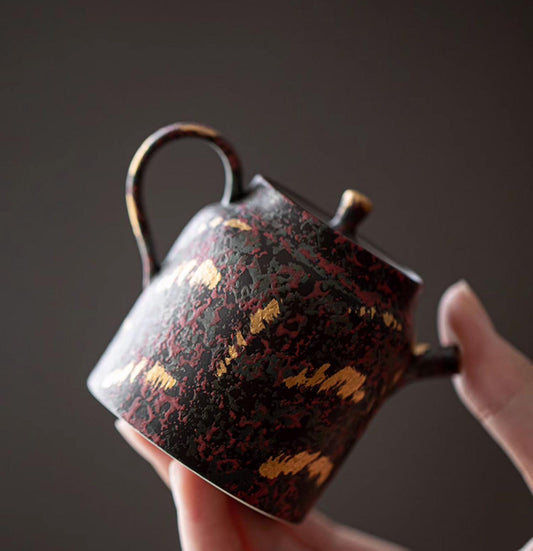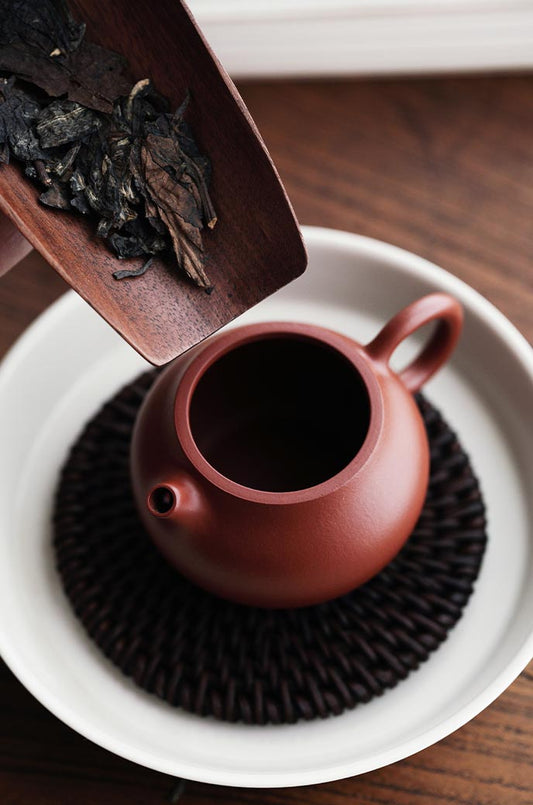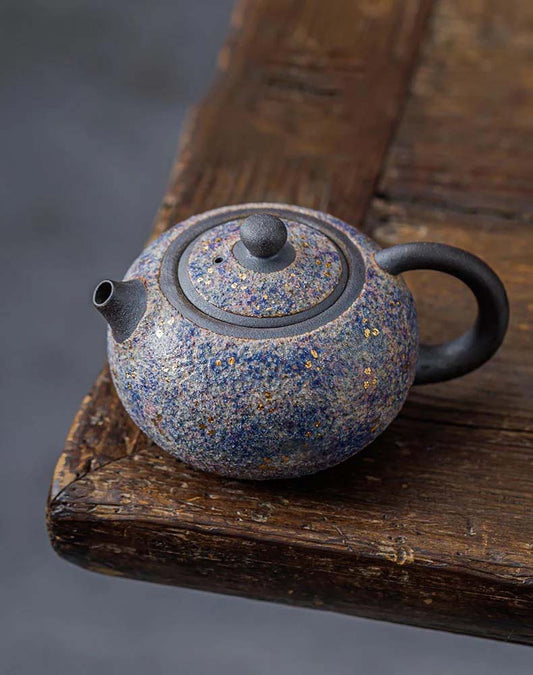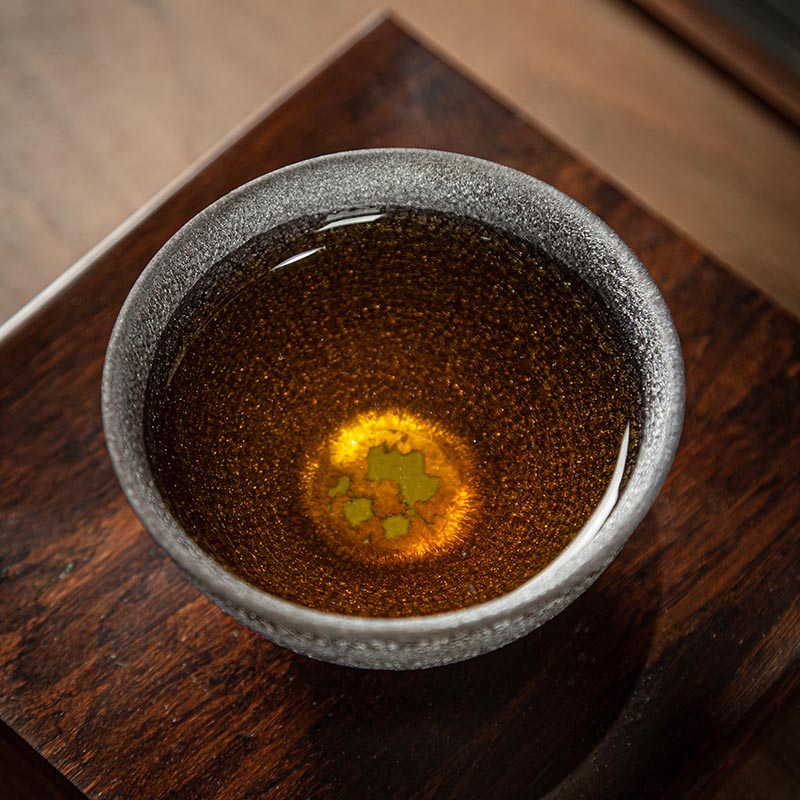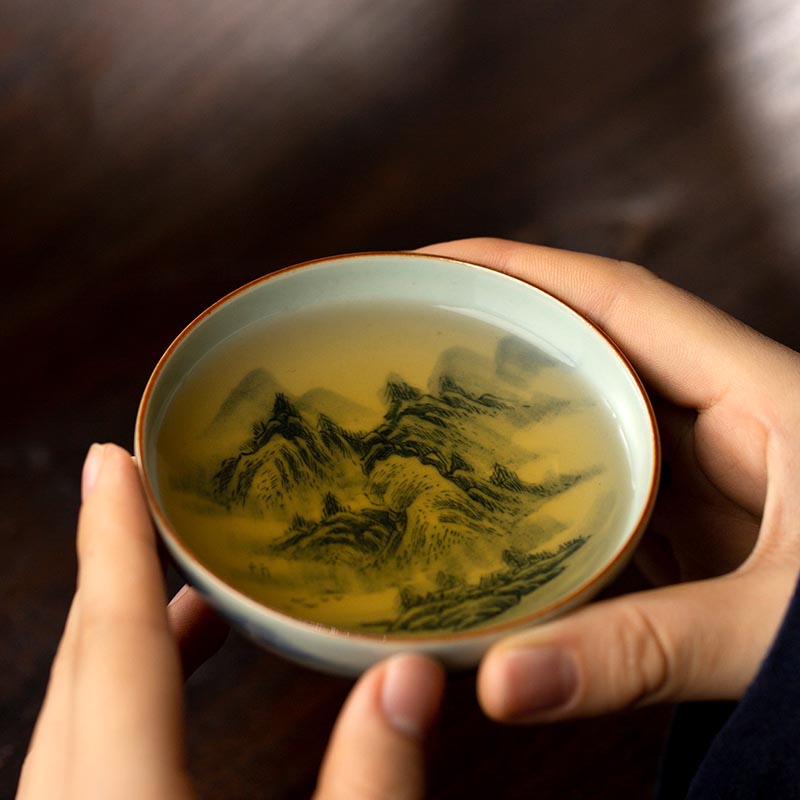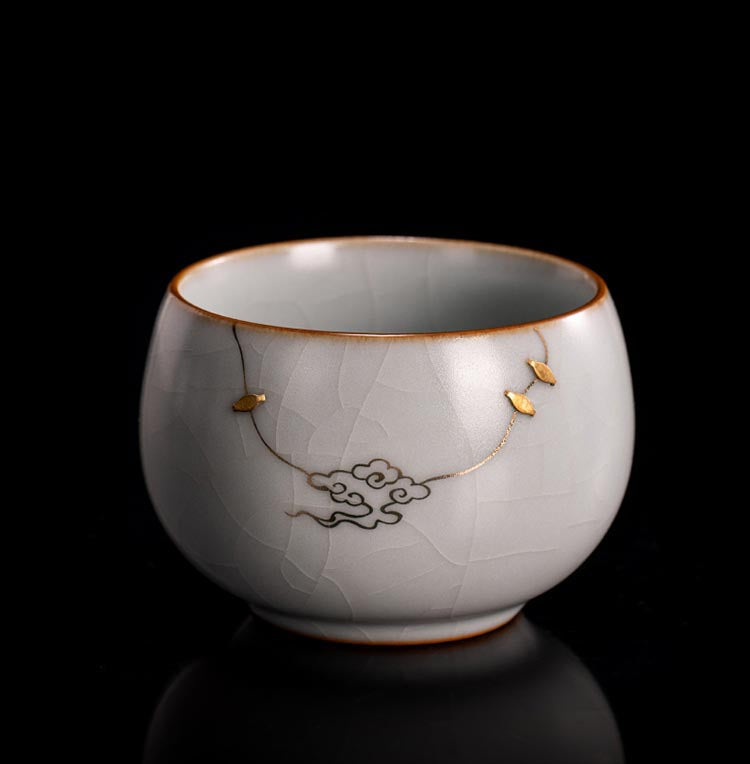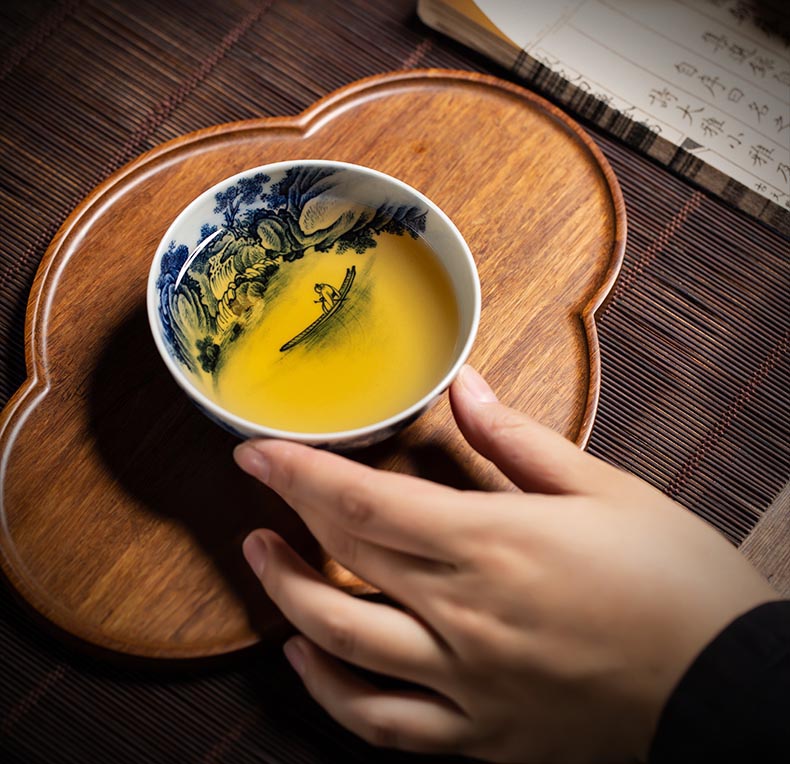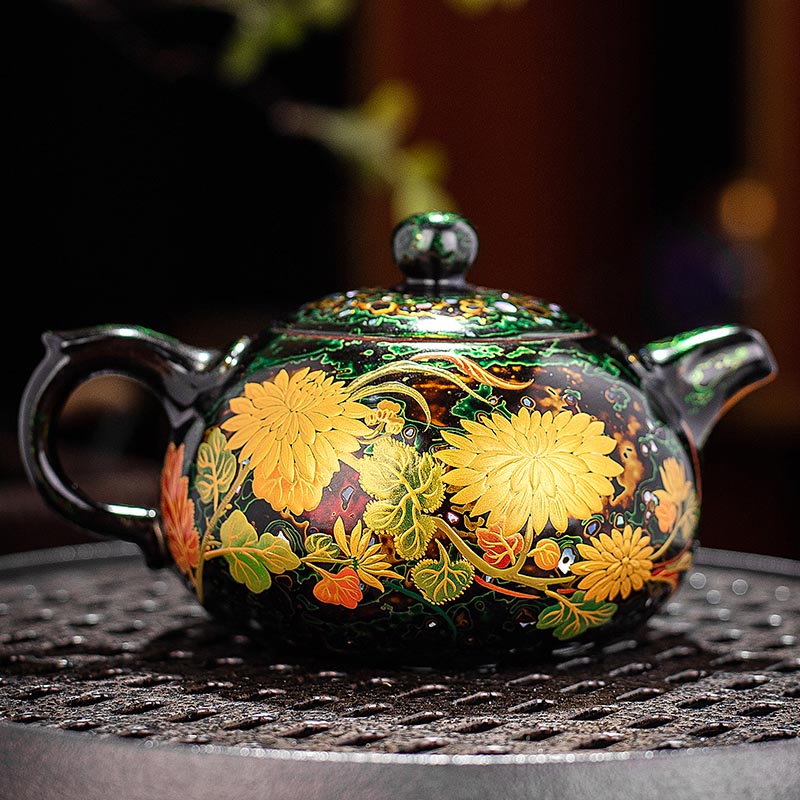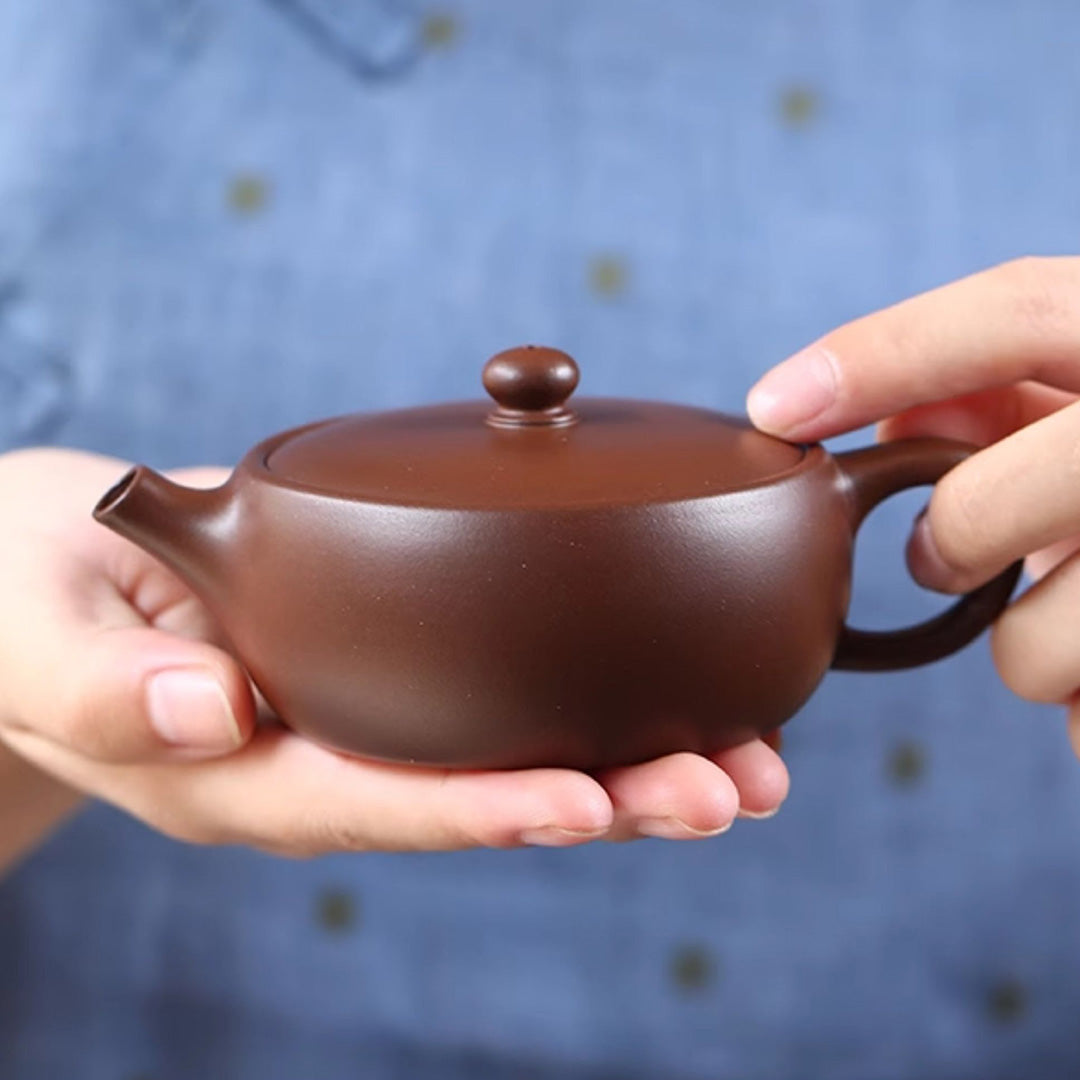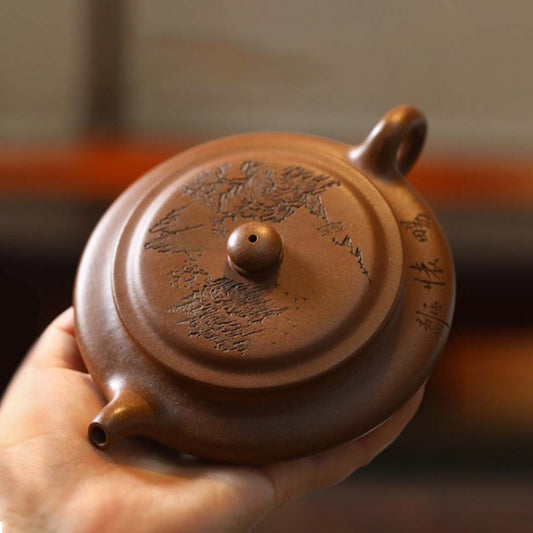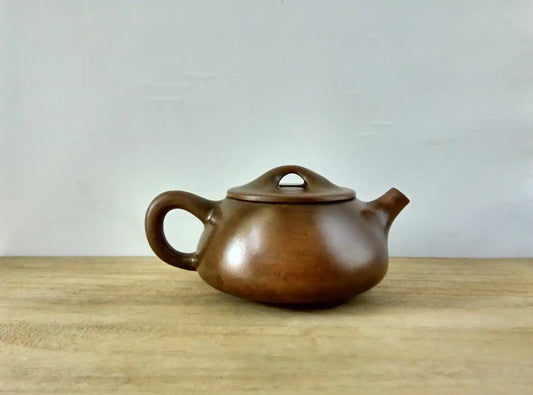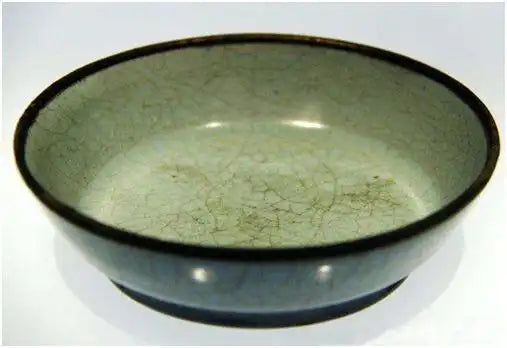Can I Put a Ceramic Teapot on the Stove
Can I Put a Ceramic Teapot on the Stove
A ceramic teapot is like a cherished book, its allure lies as much in the stories it carries as in its utility. These earthen vessels have journeyed through centuries, gracing tables and hearths with their presence. They hold not just tea, but a slice of history, a whisper of those who came before. But as we lovingly cradle these pieces, a pragmatic question arises: can one safely place a ceramic teapot on the stove?
At the heart of this query is the nature of ceramic itself. Ceramics, born of earth and fire, are undeniably hardy, yet they are not invincible. The transformation from soft clay to rigid vessel involves firing at high temperatures, a process that bestows strength yet also imbues a certain fragility. Most ceramic teapots are not designed to withstand direct flame or a stovetop's concentrated heat. Unlike cast iron or the sturdy borosilicate glass, ceramics can suffer from thermal shock. An abrupt temperature change might lead to cracks, or worse, a shattering—an end unworthy of your teapot's quiet dignity.
Imagine this scenario: a beautifully crafted Yixing teapot, its porous walls breathing life into the tea's aroma, is placed over a flame. This teapot, potentially years in the making, crafted from clay sourced uniquely from China's Jiangsu province, represents a blend of patience and expertise. Hand-formed and fired with precision, its clay is imbued with the character of each brew it's steeped. But on a stove, its mission is compromised. The clay that absorbs and enhances tea flavors, when exposed to sudden heat, risks losing its integrity.
In contrast, consider the Japanese tradition of kyusu, a side-handled teapot often crafted from durable stoneware. These are sometimes stove-friendly, particularly when labeled so by the artisan. They hail from a practical tea culture that appreciates both form and function, especially when preparing robust sencha or hojicha. Yet even here, caution is warranted. A gradual warming on low heat is a far cry from the high-intensity flame one might casually envision.
The allure of convenience might tempt one to experiment with their cherished teapot over a stovetop. But in doing so, consider the generations of tea drinkers who brewed with patience. They respected the dance of tea leaves unfurling in boiled water, honoring the time it takes to draw out the essence. Heating water separately—in an electric kettle or traditional tetsubin—is a practice steeped in care, ensuring both the water's precision and the teapot's preservation.
In the interplay of modern convenience and historical reverence, the teapot serves as a vessel of patience, urging us to embrace a moment of calm rather than haste. Whether opting for an electric kettle or a stovetop alternative, we honor the delicate craftsmanship and the stories engraved within those ceramic walls. This dialogue between past and present, between utility and art, shapes our understanding of tea and teaware in a world that rushes forward yet longs for a sip of history.


